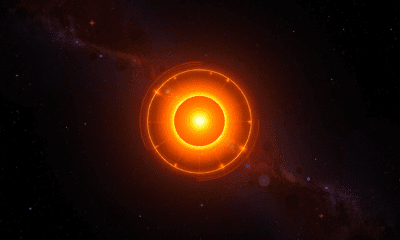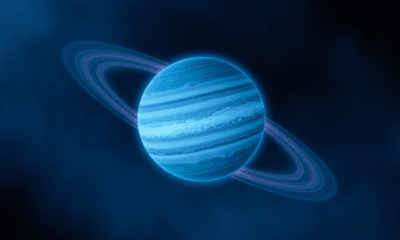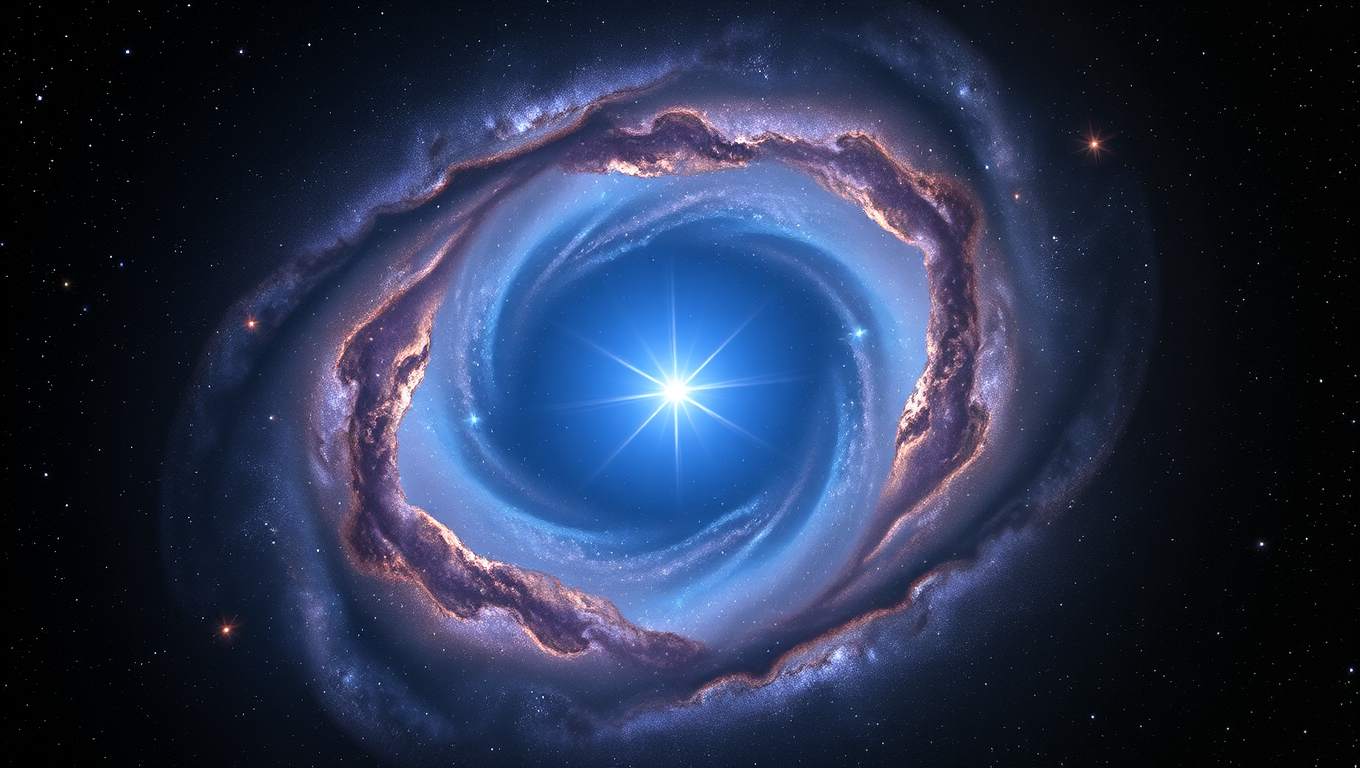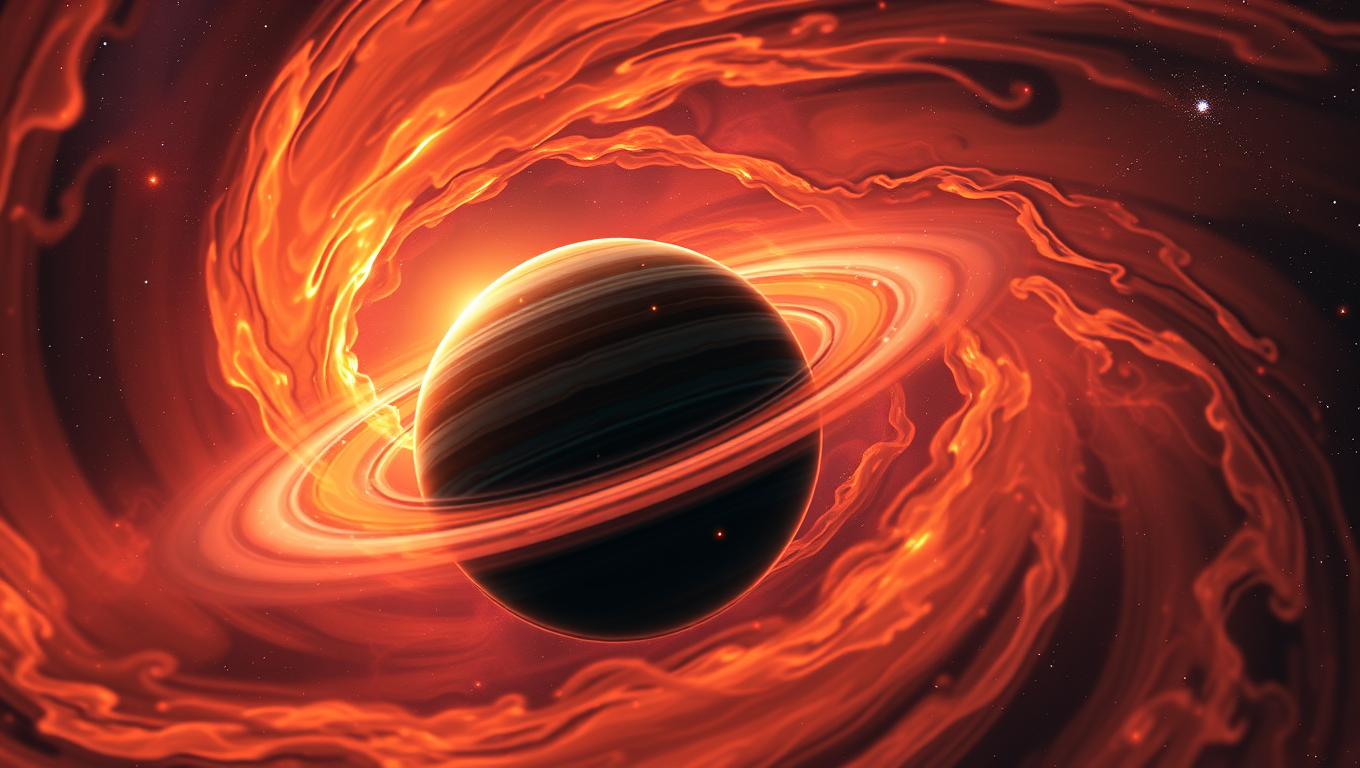While we try to keep things accurate, this content is part of an ongoing experiment and may not always be reliable.
Please double-check important details — we’re not responsible for how the information is used.
Astronomy
The Unexpected Demise of Galaxies in the Early Universe
For a long time, scientists thought that only actively star-forming galaxies should be observed in the very early Universe. The James Webb space telescope now reveals that galaxies stopped forming stars earlier than expected. A recent discovery deepens the tension between theoretical models of cosmic evolution and actual observations. Among hundreds of spectra obtained with the Webb program RUBIES, the team has found a record-breaking galaxy that had already stopped forming stars during an epoch where galaxies are normally growing very rapidly.
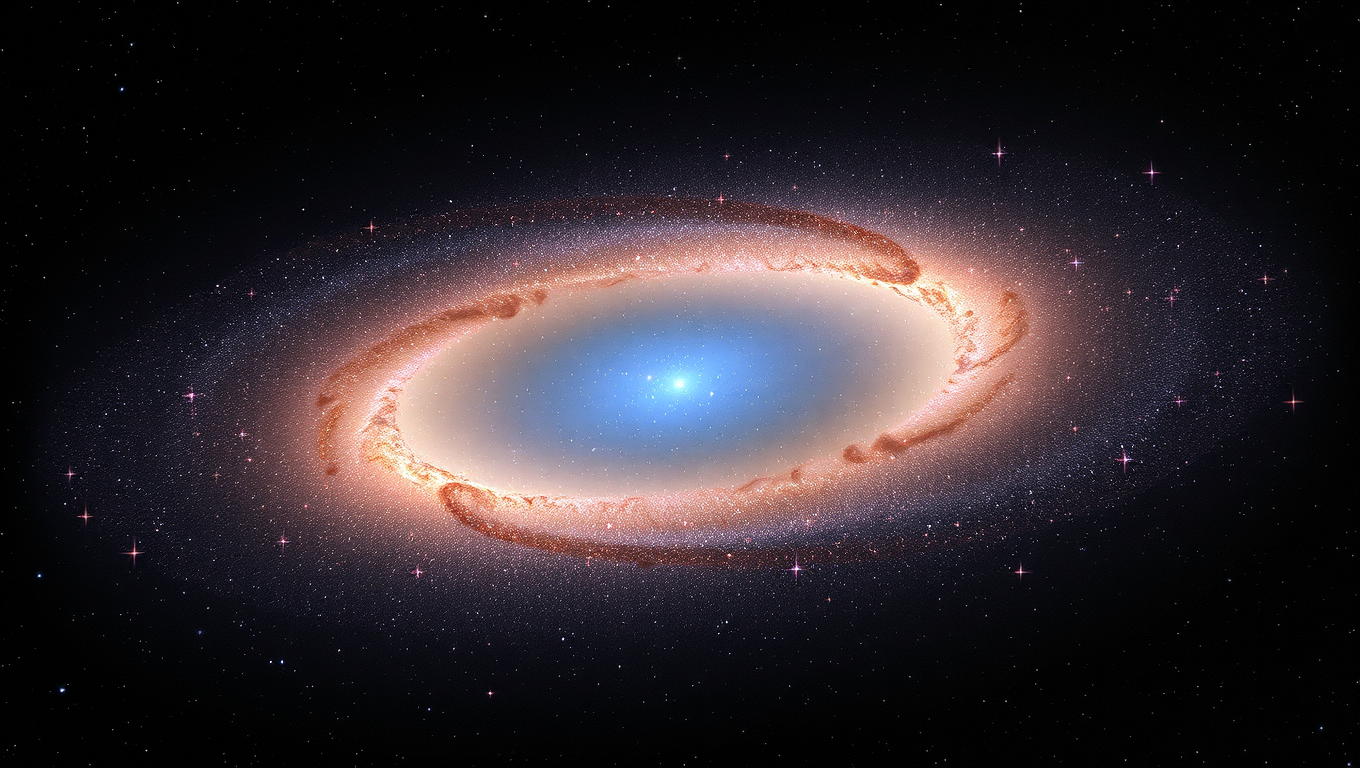
Astronomy
Hubble Captures a Dazzling Star-Birthing Storm 160,000 Light-Years Away
Hubble’s latest portrait of the Tarantula Nebula reveals a turbulent star-making region far beyond the Milky Way. Located 160,000 light-years away in the Large Magellanic Cloud, this cosmic expanse is home to some of the most massive stars ever discovered—up to 200 times the Sun’s mass. The image captures intricate dust clouds, intense stellar winds from rare Wolf–Rayet stars, and the extraordinary chaos that fuels the birth of new suns.
Astronomy
A Star That Defied Death: The Supernova Survivor
In a spectacular image captured by the Hubble Space Telescope, the spiral galaxy NGC 1309 glows with cosmic elegance and hides a strange survivor.
Astronomy
The Cosmic Dance: An Ultra-Hot Jupiter’s Imminent Demise May Reveal Secrets of Rocky World Formation
A massive, fast-orbiting planet is inching closer to its star, and scientists now have direct evidence of its impending demise. It could disintegrate, burn up, or be stripped bare, offering rare clues into how planetary systems evolve.
-

 Detectors7 months ago
Detectors7 months agoA New Horizon for Vision: How Gold Nanoparticles May Restore People’s Sight
-

 Earth & Climate9 months ago
Earth & Climate9 months agoRetiring Abroad Can Be Lonely Business
-

 Cancer8 months ago
Cancer8 months agoRevolutionizing Quantum Communication: Direct Connections Between Multiple Processors
-

 Albert Einstein9 months ago
Albert Einstein9 months agoHarnessing Water Waves: A Breakthrough in Controlling Floating Objects
-

 Earth & Climate8 months ago
Earth & Climate8 months agoHousehold Electricity Three Times More Expensive Than Upcoming ‘Eco-Friendly’ Aviation E-Fuels, Study Reveals
-

 Diseases and Conditions9 months ago
Diseases and Conditions9 months agoReducing Falls Among Elderly Women with Polypharmacy through Exercise Intervention
-

 Chemistry8 months ago
Chemistry8 months ago“Unveiling Hidden Patterns: A New Twist on Interference Phenomena”
-

 Agriculture and Food8 months ago
Agriculture and Food8 months ago“A Sustainable Solution: Researchers Create Hybrid Cheese with 25% Pea Protein”









